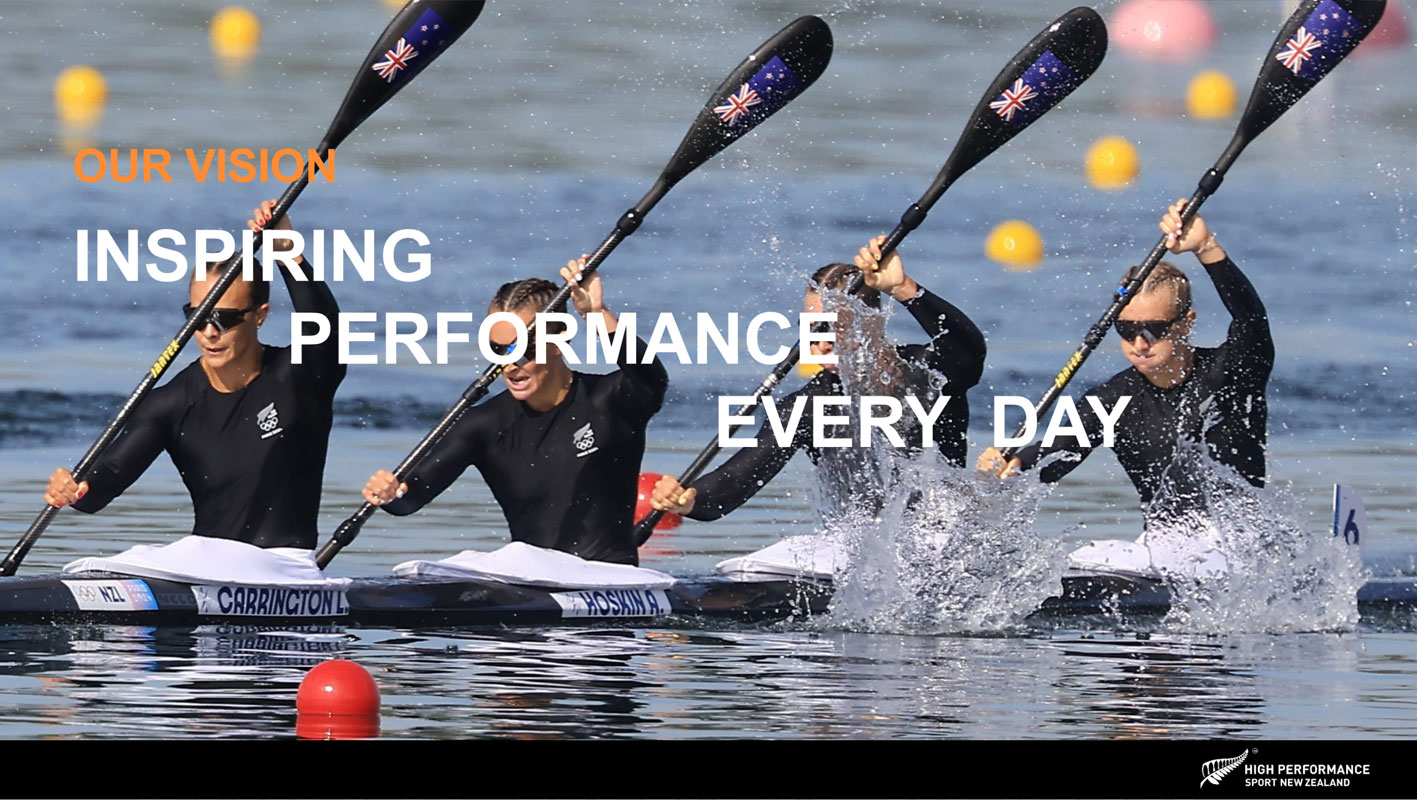HPSNZ will invest $162.8 million into 36 NSOs over the next four years through to Los Angeles Olympics and Paralympics.
$40.7 million per annum will go directly to NSOs for their campaigns, high performance programmes and performance pathways.
In addition, HPSNZ will invest $22 million per annum in Tailored Athlete Pathway Support (TAPS), a programme of investment which supports the wellbeing and performance of eligible athletes in the high performance system.
This TAPS investment is made up of $11.9 million per year which goes to athletes for financial support, and includes training and excellence grants, and health insurance. From 2025 eligible athletes will receive $50,000 per annum as an Elite Training Grant, an increase of $17,500, while the Potential Training Grant will increase by $14,000 to $25,000 per annum.
The remaining $10.1 million will be available for performance support which allows athletes to access health and wellbeing focussed performance medicine, nutrition, physiotherapy, performance science and performance life.
An additional $800,000 per annum is available in a standalone fund for wellbeing initiatives.
Director of High Performance, Steve Tew, highlighted the importance of balancing wellbeing and performance when making investment decisions.
“We believe wellbeing and performance are interwoven and we need to ensure the environments of the sports organisations we are investing into are appropriately balanced.
“High performance sport is challenging, and athletes take themselves out of their comfort zones on a regular basis – but it is vital that they are physically, emotionally and psychologically safe while they do it.
“This investment package is designed to maintain the targeted approach that has helped deliver ongoing international success for New Zealand athletes, while continuing to increase wellbeing support within the high performance system.”
Specific details of the investment support are:
Sports receiving an increase are five podium sports – Rowing, Yachting, Athletics and Para Athletics, Cycling and Para Cycling and Canoe Racing and Para Canoe Racing; plus eight aspirational sports – Canoe Slalom, Bowls and Para Bowls, Gymnastics, Para Waka Ama, Tennis, Speed Climbing, Beach Volleyball and Para Table Tennis, and one team sport – Water Polo.
Sports which will maintain their Core Investment are one podium sport – Snow Sports and Para Snow Sports, previously confirmed to Milano Cortina 2026; four team sports – Rugby (Black Ferns Sevens), Cricket (White Ferns), Rugby League (Kiwi Ferns) and Touch (Women, Men and Mixed); and five aspirational sports – Waka Ama, Motorcycling, Ice Speed Skating (previously approved to Milano Cortina 2026), Shooting and Skateboarding.
There has been a decrease in Core Investment to seven team sports – Rugby (All Blacks Sevens), Netball, Rugby League (Kiwis), Surf Lifesaving, Basketball (Tall Ferns and Tall Blacks), Hockey (Black Sticks Women and Men) and Softball; and eight aspirational sports – Swimming and Para Swimming, Triathlon, Equestrian, Squash, Weightlifting, Judo, Boxing and Shooting Para Sport.
Two team sports – Flag Football and Football will not receive Core Investment, nor will eight aspirational sports – Diving, Surfing, Golf, Badminton, E-sports, Orienteering, Boccia and Fencing.
“We understand that some sports will be disappointed with these decisions, and they were difficult decisions because we had quality presentations from all NSOs,” says Steve.
“It is not a reflection of their work and commitment to their sport. Ultimately, we have a finite amount of money to work with, and we have prioritised those sports with the track record and the highest potential to achieve the desired outcomes at pinnacle events.
“This was a robust process with a focus on winning medals at the LA Olympics, Paralympics and other pinnacle events during the cycle. By adopting a four year investment cycle, HPSNZ has aimed to provide certainty to sports and their athletes as they work towards their pinnacle events.”
HPSNZ worked closely with NSOs during the investment process. They were assessed on a number of criteria, including their alignment with the three key priorities of the HPSNZ strategy – Performance Pathways, Wellbeing and Engagement, and Sustainable Investment – along with past performances, future potential, and the quality and depth of the high performance pathway, programmes and/or campaigns as key considerations.
“We appreciate the amount of work that goes into their planning, particularly for those sports which run on a part time or volunteer basis, and we’d like to thank everyone for the thought and consideration they put into their submissions,” says Steve.

